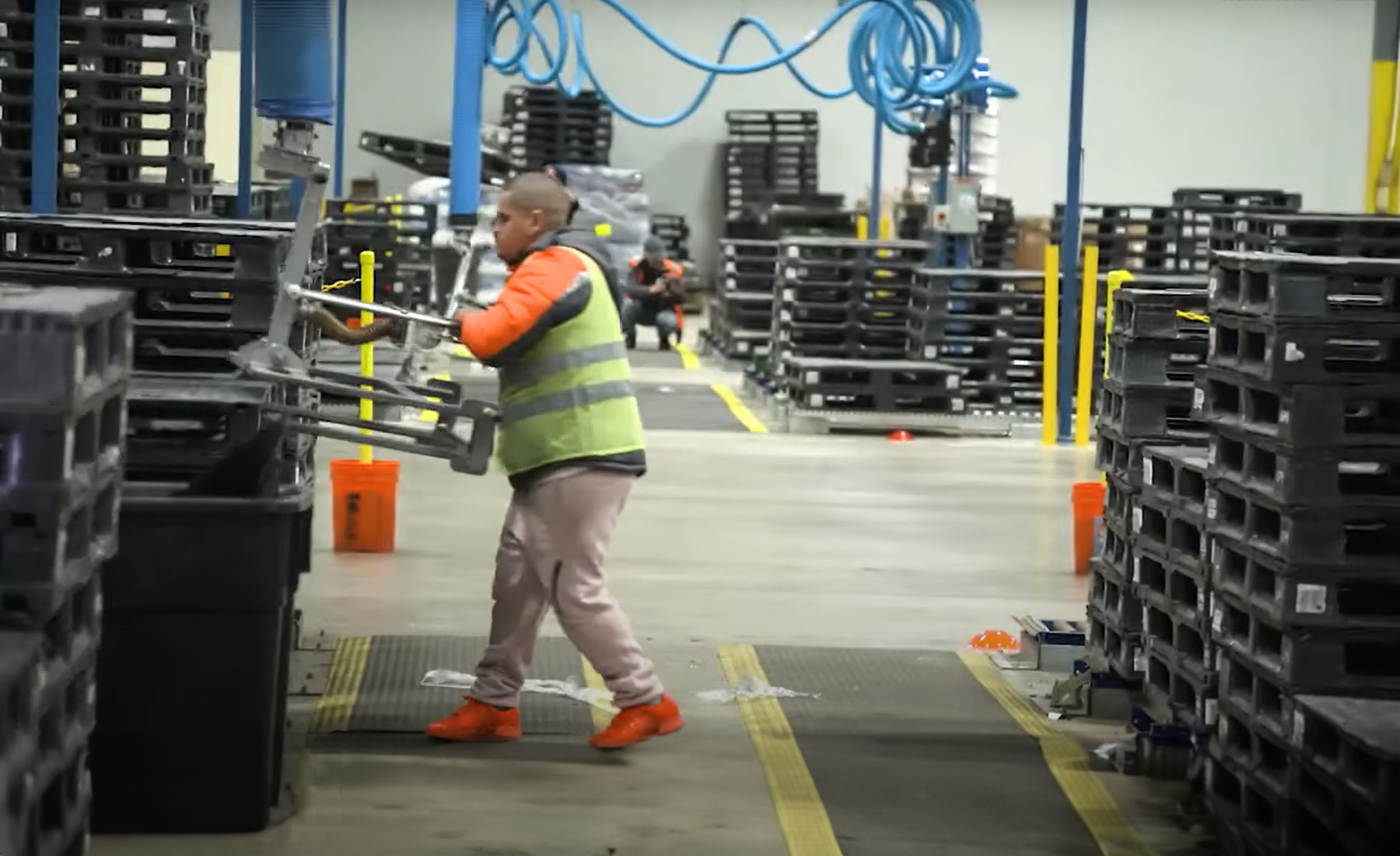Widespread vaccinations and warmer weather are leading to the reopening of communities and businesses around the world. As this occurs, supply chain companies will play a critical role in the global economic recovery from the pandemic. These businesses will benefit from many new opportunities but also face considerable challenges posed by shifting conditions. To stay competitive in the new global economy, supply chain companies must effectively respond to a variety of key supply chain trends.
Labor Shortages
Unemployment soared at the height of the pandemic, but companies providing logistics services continued to employ staff to keep up with a surge in consumer demand for delivered goods. As economies recover, this consumer demand will intensify, with global e-commerce retail sales projected to hit a new high of $4.9 trillion this year. This will put even greater stress on supply chains, and a premium on supply chain talent. The logistics industry was already struggling to recruit workers before the pandemic; in 2020, Amazon scrambled to add 100,000 workers to its ranks. More severe labor shortages is one of the key supply chain trends companies need to address in a post-pandemic economy.
Workforce experts urge companies to look beyond reactively filling immediate needs through advertisements and job fairs and invest in creating employment pipelines that develop and recruit employees for the long-term. To recruit younger talent, businesses can create comprehensive, flexible internship programs, and develop closer relationships with the teachers, researchers, administrators, and career services personnel at schools and universities who can help find prospective employees. Company websites should do more than just list available jobs. They can also provide profiles of professionals talking about positive workplace experiences and telling engaging stories about company employees coming together to overcome challenges, accomplish goals, or even win awards. By investing in more robust and creative recruiting methods, supply chain companies can help minimize the impact of anticipated labor shortages.
Forecasting Software
Unpredictable consumer behavior took many companies by surprise at the height of the pandemic, making it much harder to plan workflow and manage inventory. This has resulted in product bottlenecks, service disruptions, and increased supply chain costs. The companies that most successfully managed this difficult situation were those that invested heavily in digital forecasting and analytics technology.
Increasing digitalization may be among the most important emerging supply chain trends. The best forecasting software tools are performance management programs with built-in learning capabilities that can help detect risks to supply chains long before they become genuine problems. These types of software tools usually require the Internet of Things (IoT), or interconnected physical devices on products, shipping material and other forms of supply chain infrastructure for accurate data collection. Companies with these tools are more likely to avoid disruptions brought on by the waning pandemic, or other emergencies or crises, and lower their Total Cost of Business (TCOB).
Warehouse Automation
The global pandemic also accelerated supply chain trends towards automation. Automation has helped limit the need for in-person contact that facilitates the spread of COVID, and companies have found increasing efficiencies in this trend, particularly when it comes to packaging and transporting products in warehouse settings.
While automating warehouses can have significant upfront costs, such an investment can pay off handsomely if implemented under the right conditions and with the proper planning. This may involve creating an automated storage and retrieval system (ASRS) which slots shipping pallets into racks and retrieves them utilizing equipment such as fixed or moveable aisle cranes or pallet shuttles. Automation technology also includes Autonomous Guided Vehicles (AGVs) that replace human-operated forklifts, and are guided by exterior signals such as radio waves or light.
When automating a warehouse, it is vital to utilize the right type of pallets for a particular operation. iGPS plastic pallets are uniform in dimensions and weight and unlike wood pallets don’t have nails and splinters that can cause automated machinery to miscalculate and damage products. iGPS pallets also incorporate smart features like unique GS1 standardized Global Returnable Asset Identifier (GRAI) numbers that make them readable by automated systems, allowing accurate data capture at all points of a properly equipped supply chain. These characteristics make iGPS plastic pallets ideal for all types of warehouse automation.
An emerging post-pandemic economy still presents considerable challenges to supply chain companies. Companies that can deal effectively with key supply chain trends can stay competitive as communities and businesses around the world reopen.
Companies can meet supply chain challenges by using iGPS plastic pallets for all their shipping needs. Our pallets are ideal for all types of warehouse automation and help reduce your Total Cost of Business. For more information, contact us at 1-866-557-0047, email a specialist at switch@igps.net, or visit our contact page.



